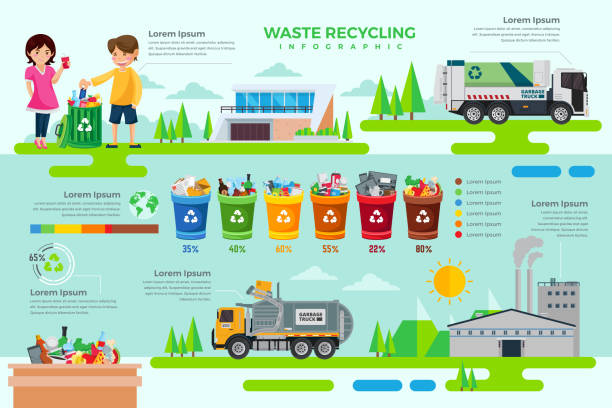Unmanaged garbage has become an eyesore, even though most of the waste is recyclable. Broadly there are two categories of waste: recyclable and non-recyclable. Responsibility for waste management begins with households
 KRC TIMES Desk
KRC TIMES Desk

Chander Gupta
Unmanaged garbage has become an eyesore, even though most of the waste is recyclable. Broadly there are two categories of waste: recyclable and non-recyclable. Responsibility for waste management begins with households.
Waste and garbage emerging out of households needs to be managed properly. All kinds of waste should not be thrown together in a common dustbin or polythene bag. Peelings from fruits and vegetables are a good source of manure. Fresh peelings from vegetables and fruits can be consumed by animals and birds also. Fruit and vegetable waste should be kept completely isolated from other waste. This can be used as animal feed or as manure. Don’t let waste go waste.
Hawkers make rounds of streets in residential areas for buying recyclable waste – newspaper ‘raddi’ (scrap), emptied plastic and glass bottles, discarded miscellaneous items etc. We should preferably give all that stuff for free. If not free, at least we should not bargain. ‘Raddi wale’ (scrap hawkers) are doing a yeoman’s service by collecting from our doorsteps all the recyclable waste. We should keep accumulating all the recyclable waste emerging from daily use to eventually deliver to the ‘raddi wala’. The caps of the emptied plastic bottles should be separated.
Single-use plastic waste is perhaps the biggest menace. Despite the token talk of ban on single-use plastic, the same is being used unabated. Water sold in plastic bottles is the most visible source of generating plastic waste. Even more harmful is the consumption of bottled water which is shown as valid for one year from the packaging date. Egregiously water lying in a plastic bottle upto 12 months is sold for consumption. There is no end to polythene carry-bags also. Plastic bottles and polythene carry-bags, which are non-biodegradable, are very hazardous for the environment. If plastic water bottles and polythene bags are banned, a great deal of garbage problem will be resolved.
In urban areas milk is available in polyethylene pouches. High-density polyethylene (HDPE) is the most common material used for milk packaging. The emptied pouches should be segregated and disposed of separately. Wrappers of packaged snacks and food items should be segregated separately. Almost every item we shop for in the markets come with packagings. Some items have elaborate packagings, for example readymade garments. Green alternatives should be devised for packagings.
The most hazardous waste – used batteries, e-waste, expired medicines – should be disposed of very carefully. There are organisations which pickup e-waste like discarded mobile phones, laptops, printers, inverters, batteries, etc. Cells that we use in TV/ AC remotes & clocks and broken glass pieces should never be mixed with other waste. All the waste and discarded items should be segregated item-wise and disposed of properly.
For the sake of convenience, many households first put all types of waste together in the same garbage basket which then is disposed of in polythene bags tied tightly. Filled-up polythene bags can be seen scattered at dumping spots where stray animals struggle to rip apart the polythene to scour some edible therein. The stray animals can’t help ingesting shards of polythene also.
Waste management entails proper segregation and disposal category-wise. Most of the waste won’t go waste if recycled diligently. Proper waste management will improve both environment and cleanliness significantly.



